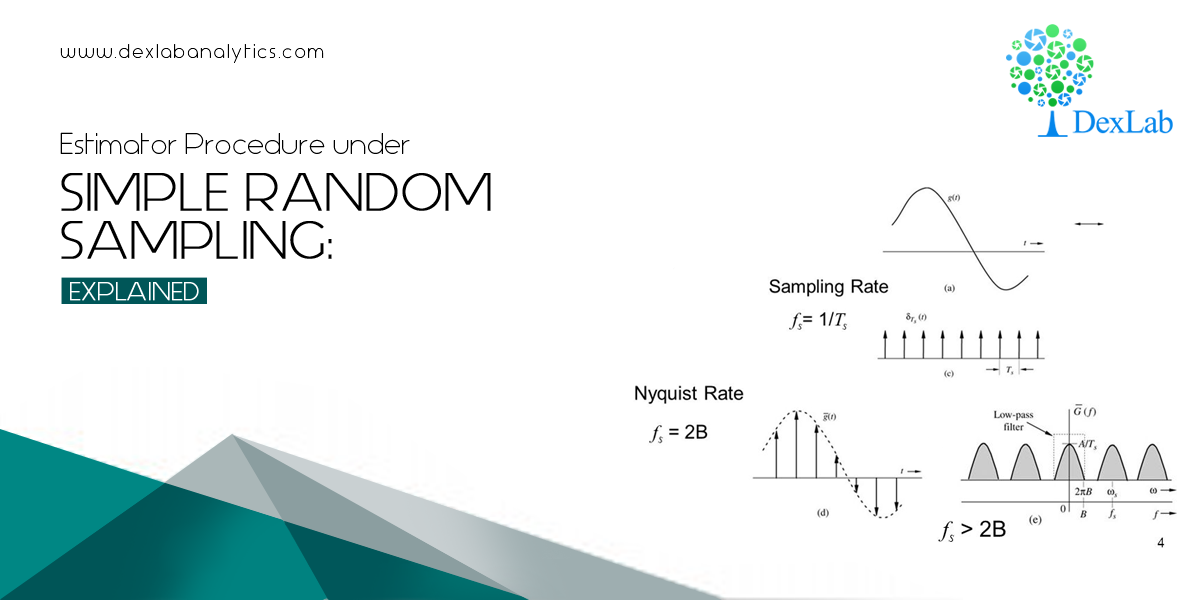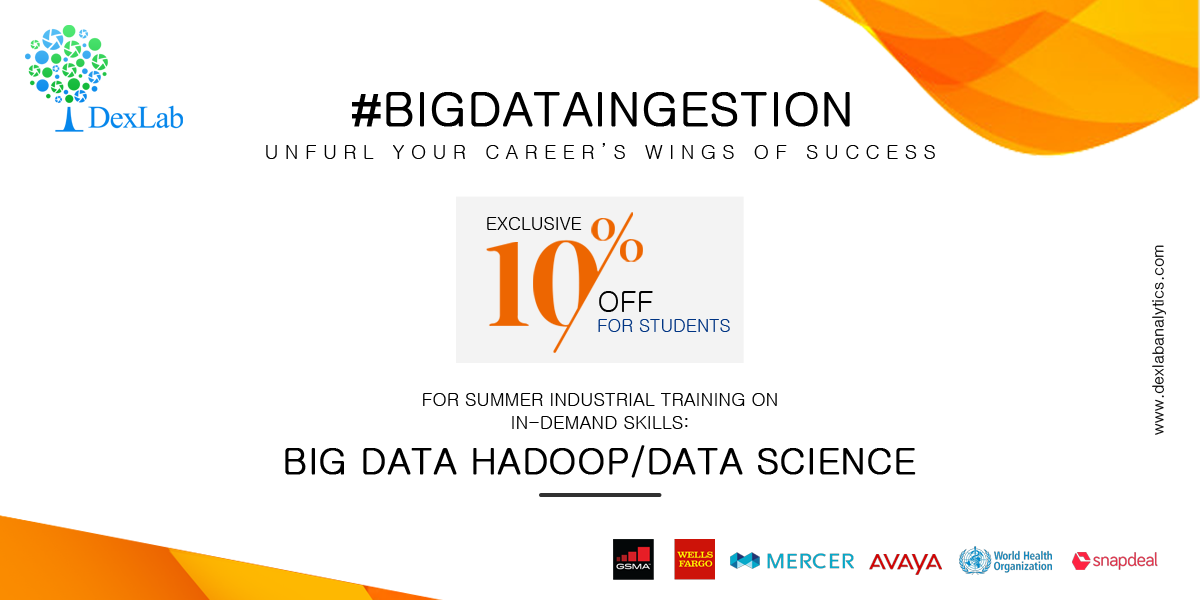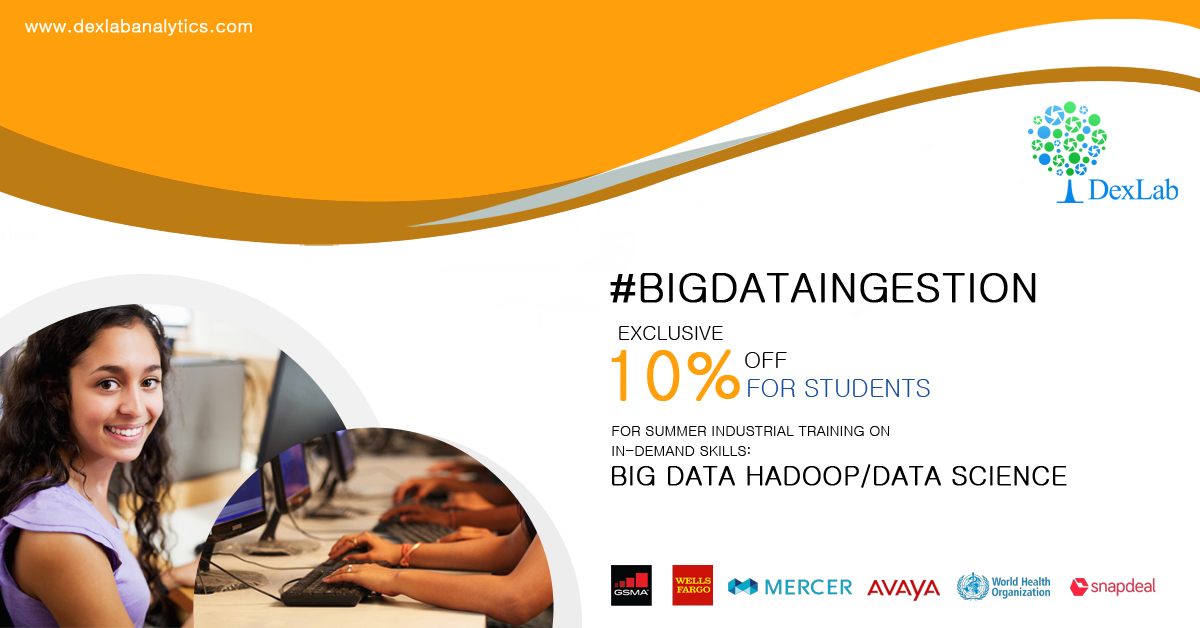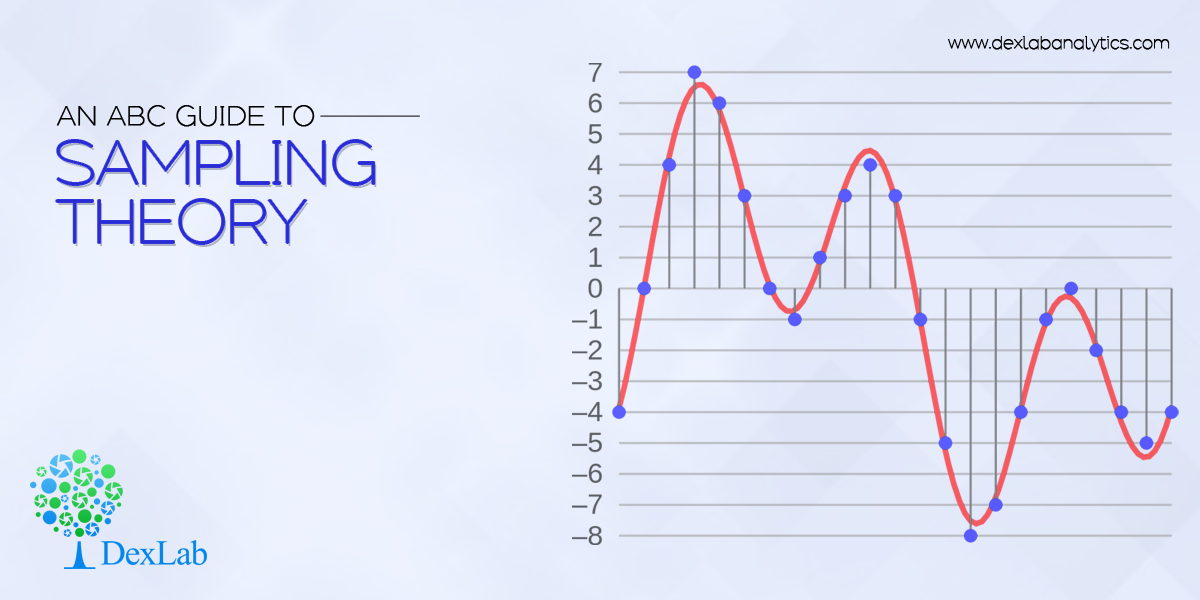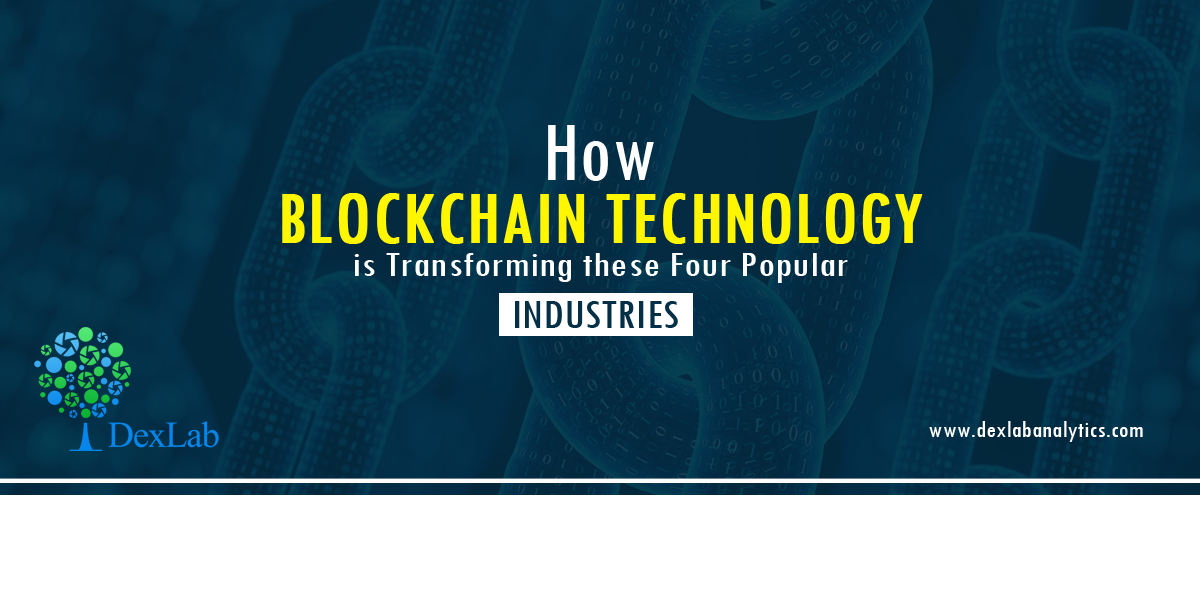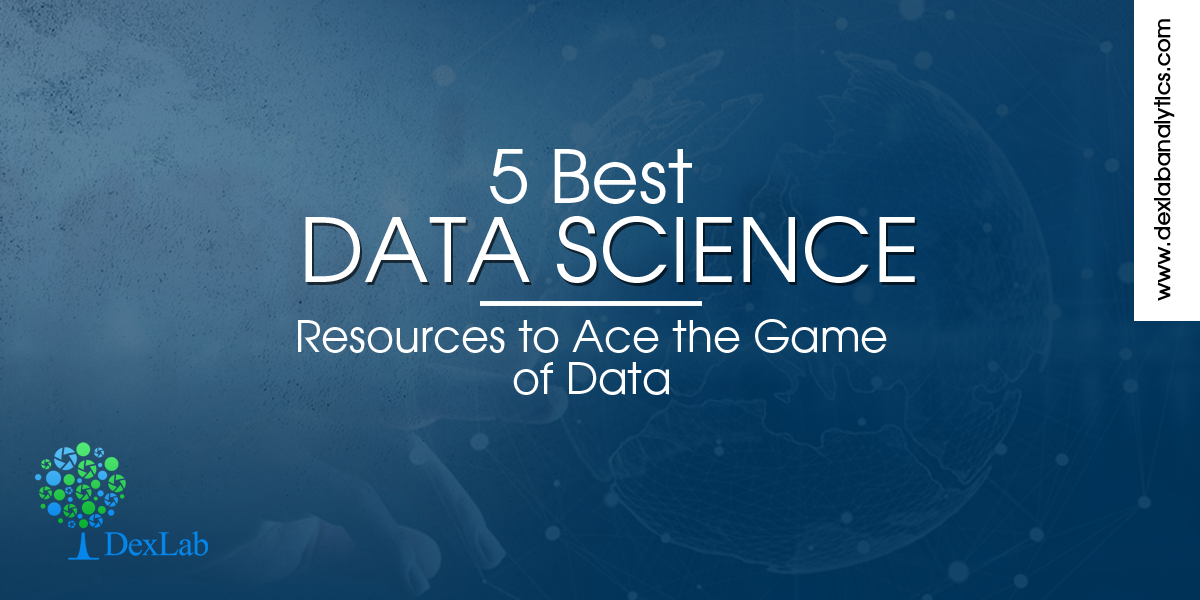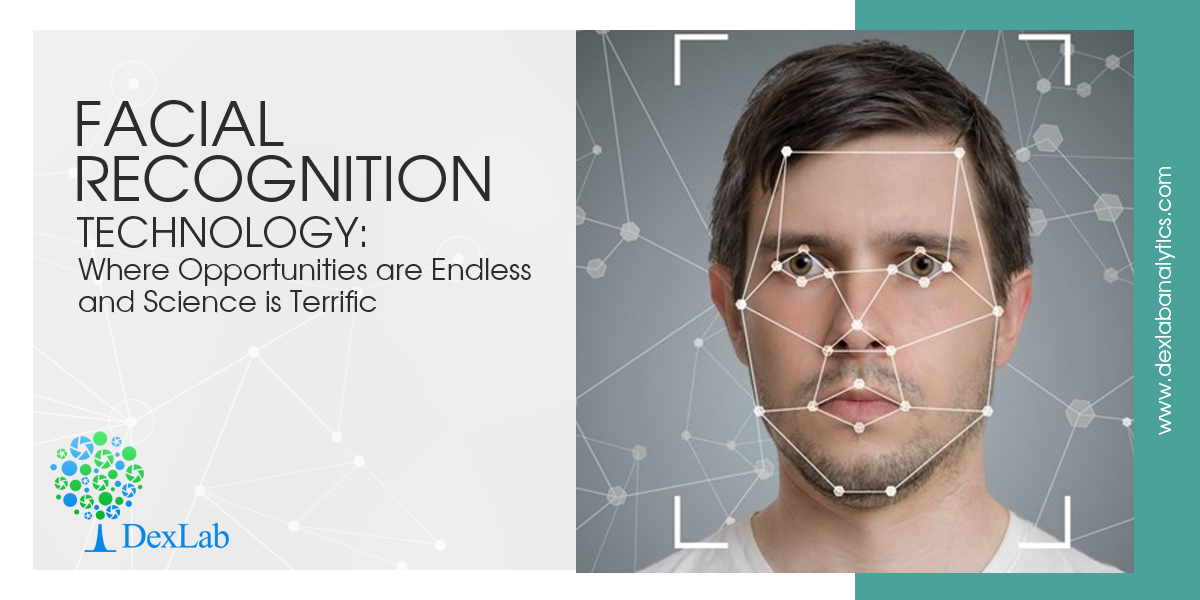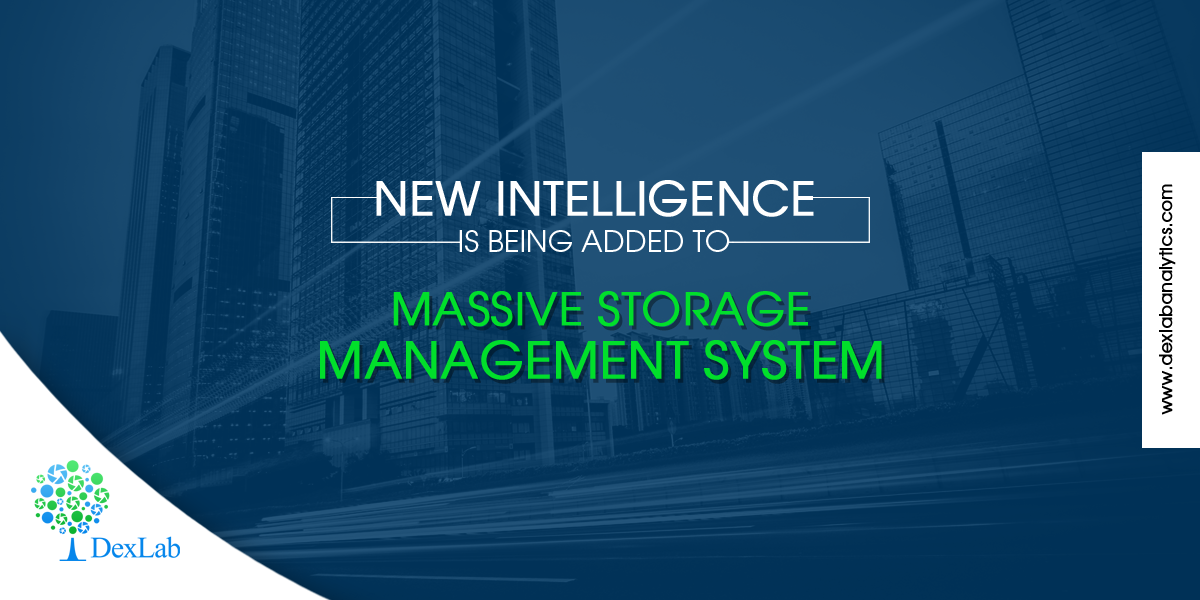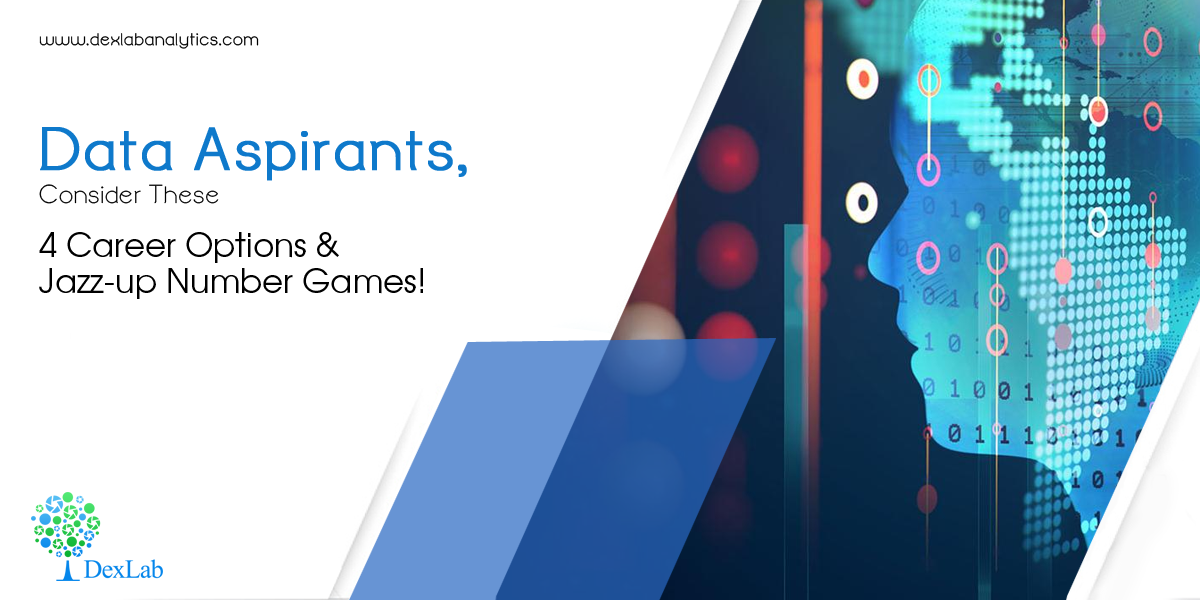
Is crunching numbers your favorite hobby?
Are you interested in deciphering how many people use smartphones, regularly?
Do you feel fascinated by the way businesses use data to frame decisions?
If yes, then you are at the right place – a career, where you could leverage this inquisitiveness and knack for numbers is just carved for you. Not necessarily it has to be data science career option, but we’ve charted down top 5 career choices for the data curious you!
Data Scientist
Tagged as the sexiest job of 21st century, data scientist jobs are irresistible. First of all, the field of data science is expanding steadfastly – IBM prediction says the demand for data scientists will increase by 28% by the end of 2020. This brings good news for job seekers, who are on toes to enter the fascinating world of data science, where the salaries are pumping up – already they have touched six figures.
The main objective of data scientists is to collect meaningful data to help businesses formulate strategic decisions. Cleaning up and structuring the data is of primary importance – followed by cutting edge tool implementation, such as algorithms, statistical models and deep learning structures – all of them aids in extracting insights out of relevant data.
Statistician
Other than data geeks, very few love the very idea of becoming a statistician. But for guys who love churning data, the role of statistician is the most fascinating in the world. They help solve the toughest problem with data, while finding and providing answers to crucial questions.
Statisticians’ aptitude for numbers knows no bounds – and the range of projects on which they work is diverse. From ascertaining unemployment rates to nabbing the discerning the effectiveness of prescription drugs to calculating the number of endangered animals living in a given area – from designing the strategies for data collection to nabbing the latest trends, statisticians need to juggle between a lot of tasks, and solve crucial problems.
Computer Scientist
The computers are lifeline of today’s businesses – so jobs related to computing power is selling like hot cakes. The field of computer science is encompassing – nerds in love with data can discover a treasure trove of career options under this umbrella term. If you are a true blue crime buff, choose computer forensics as your leading career option. Or else, are you a major computer game aficionado? Then aspire to become a game developer or architect.
Today, software developers and architects are witnessing surging demand, and most of the jobs in this technology domain help draw salaries over $100000 annually. So, what you waiting for?!
Database Administrator
Data is next to oil; of late, it’s been treated as a valuable resource. Thus, we should look for ways to keep it safe and well-protected. Database administrators are ideal for this defensive job. They not only toil to set up fortified databases but also are responsible for maintenance, model up-keeping and implementing security measures. Undeniably, it’s one of the most challenging jobs in the world of data but at the same time, it’s also the most rewarding one – at present, it ranks as the world’s #7 best technology job, according to a notable US tabloid.
Done reading? Now, data-lovers, when are you taking the next step to turn your avocation into your vocation? Pretty soon, right!
Quick Note: DexLab Analytics is offering state of the art Data Science Courses at affordable prices. For more details on Data Science Certification, visit the official page today.
The blog has been sourced from – dataconomy.com/2018/06/five-careers-to-consider-for-data-enthusiasts
Interested in a career in Data Analyst?
To learn more about Data Analyst with Advanced excel course – Enrol Now.
To learn more about Data Analyst with R Course – Enrol Now.
To learn more about Big Data Course – Enrol Now.To learn more about Machine Learning Using Python and Spark – Enrol Now.
To learn more about Data Analyst with SAS Course – Enrol Now.
To learn more about Data Analyst with Apache Spark Course – Enrol Now.
To learn more about Data Analyst with Market Risk Analytics and Modelling Course – Enrol Now.

